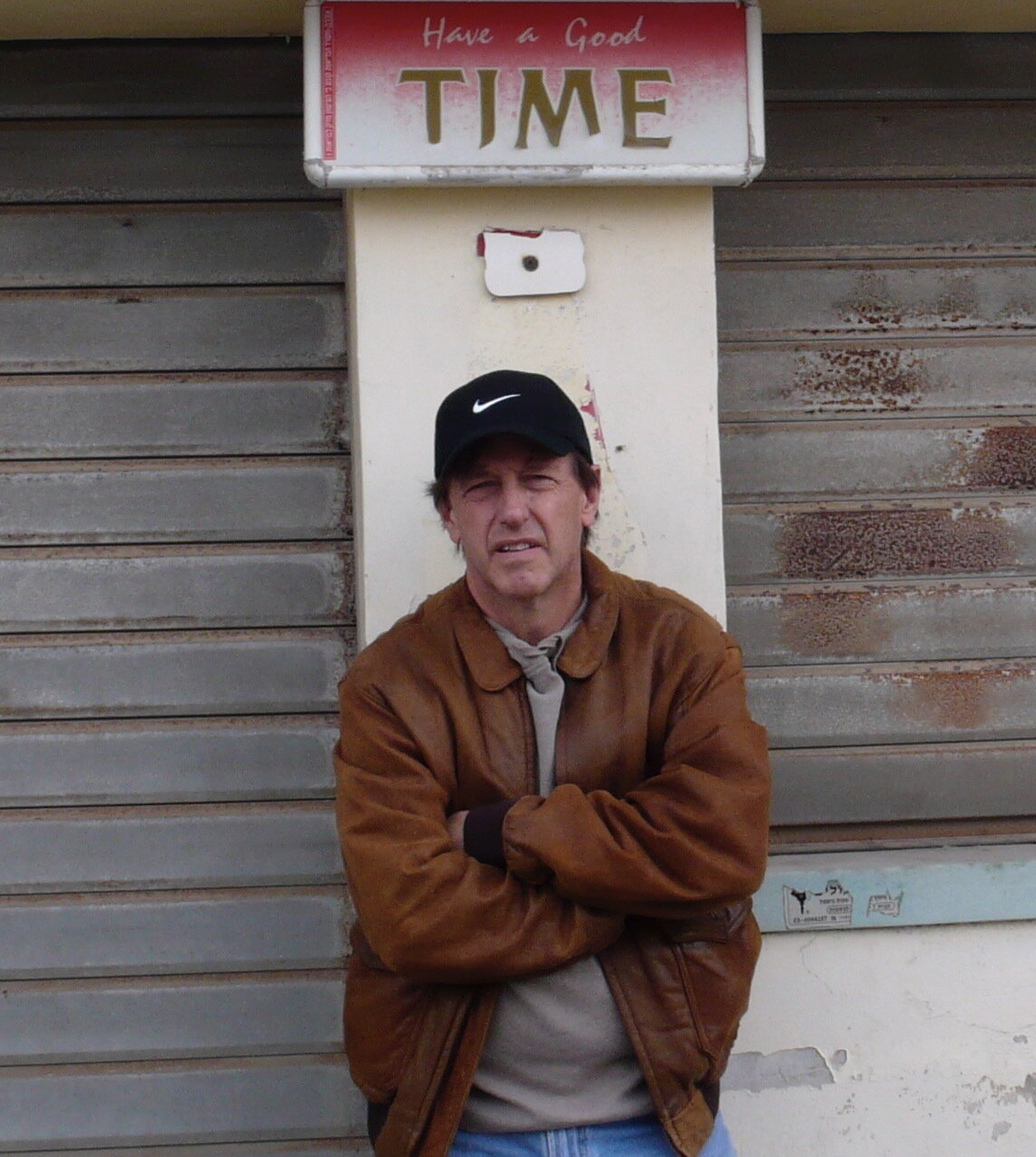dennis dugan
You have such a large body of work, yet you just decided to start showing it…and you came out of the gates with a stellar solo show. What drove the decision that now was the time?
I’ve been working as an artist for 50 years. While pursuing my careers as an actor, then a director, I always had a studio where I worked on my art. I started in photography and mixed media collage. Some years later, I studied and worked in silk-screening - eventually mixing in the photo/collage aspects. Now my work is a jumble of all that.
I never worked with the idea of showing - I’m not sure why. I’ve sold a few pieces along the way - my first one to Bob Gersh, another one sold in the 1st MOCA auction - but mostly I’d just give pieces to friends.
I simply love the process of working. Having a show never was part of the equation.
Thru the years, friends of mine had encouraged me to show, but I never pursued it.
Then I started having conversations with Bill Turner (The Turner Gallery) about how I should focus my work if I were to show. So I took a year off and spent every day in the studio. Near the end of that time, thru a friend, I met Mike Collins at the gallery. Thirty minutes later we agreed to have a show at ShockBoxx.
(You headed to NY as a young man starting out in the world, right?) What’s the first time that you can recall feeling creative in a way that you wanted others to, see? Did creativity drive you from the Midwest to New York, or do you feel like New York helped spawn the creativity? Did you go there to act, or just figure it out?
I don’t know what made me start thinking as an artist other than being a photographer. My mom had great handwriting and painted clowns. In grade school art class, I couldn’t draw or paint realistic images (not even clowns), so I was told I wasn’t an artist. I guess I believed them. But at least with photography, I could create what I couldn’t draw.
When I got to New York to be an actor, I started taking photo-safaris - wandering thru the city shooting - a practice that I still follow everywhere I travel.
One day, I shot a photo of a mannequin torso in the trash in front of my building. I pulled it out of the trash and over the next few months I covered it with dozens of postage stamps. For years I took the handles off of hundreds of trashed umbrellas for an umbrella-handle collage that never got done. But now I was thinking like an artist.
Watching you approach your show, “Monkeys & Typewriters,” was a learning experience for us. You are methodical, meticulous, and complete in your approach, but something loose and playful remains. All of this has me wondering about your approach to a new piece. How do you flush out an idea once it appears? Is there a phase of your process where you are just brainstorming, or do you see the whole picture before you start production?
How do I get inspired? I don’t know. And if I were to try to define it, it would sound like one of those pompous, egotistic, incomprehensible interviews in art magazines and I’d have to hire someone to punch me in the face a lot of times.
What is the most vulnerable piece you’ve made…the one that made you nervous to show?
To me, the most touching pieces are my photos of the homeless. In my walks, I run into lots of them. I want to photograph them, but I don’t want them to be a just a curiosity - they are people, with names. I offer to hire them to model.
“Monkeys & Typewriters,” was a big hit. The art was great, and your crowd really showed up for you. What did you learn from the show, and how inspired are you about what happens next?
I was very happy that I did the show. The preparation period pushed my work in ways I hadn’t imagined. Having friends and family and tons of new friends at the show was amazing. Getting to know Mike and Laura and becoming part of the ShockBoxx community was an honor. It made me feel that, at last, I can call myself an artist. `



